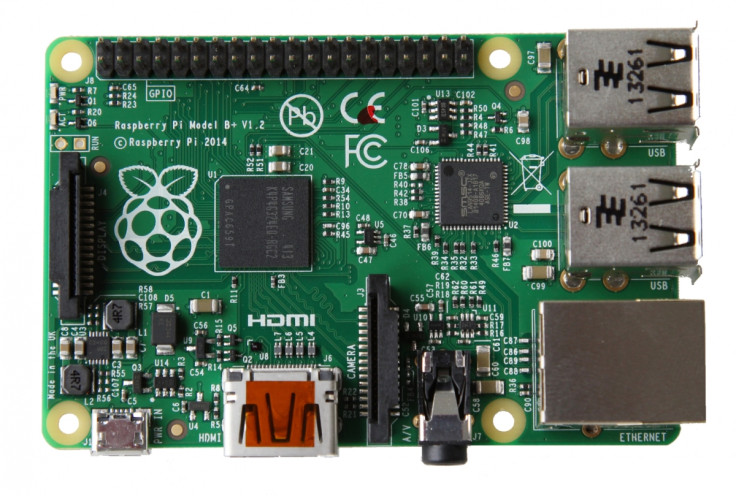Raspberry Pi Model B+ vs Model B: What's Changed in Evolution of Credit Card Computer?

A new version of the Raspberry Pi computer unit has been released today, two years after the original Raspberry Pi Model B was first launched.
Designed to promote the teaching of computer science in schools, the single board device has also proved to be popular with hobbyists due to its portable size and low cost. Since its launch, devices have been used in applications ranging from smartphones to space dives.
To see what implications the second major hardware update will have on the pocket-sized machine, IBTimes UK has a compiled a rundown of what's changed on the Model B+.
More connectors
According to James Adams, director of hardware at Raspberry Pi, one of the biggest complaints of the Raspberry Pi Model B was the small number of USB ports to help it link to other devices.
In response, the latest device now features four USB ports instead of two, and a four-pole connector has replaced the analogue and composite video connector.
"I guess the biggest thing is the two extra USB connectors. This was really one of the biggest reasons that drove the board - we wanted to add more USBs," said Adams.
"It's something that we found alot of users wanted to plug in their keyboard and mouse but they also want a wifi dongle, so having those two extra USB ports is a massive win."
The GIPO header has also grown to 40 pins, from the original 26-pin setup.
Power management
In order to accomodate the additional USB ports, the designers improved the power management on the B+ so that it does not require mains power or an external hub.
"By replacing linear regulators with switching ones we've reduced power consumption by between 0.5W and 1W," Adams said.
This should make battery-powered projects easier and allow for greater possibilities for adding on external hardware.
What else has changed?
Aesthetically, the B+ looks much the sameas the Model B. It retains the same cred-card size, however the latest version has opted for rounded corners.
The designers claim that the B+ also sports a "neater form factor", with the USB connectors alligned with the board edge and a slight readjustment to the position of the composite video onto the 3.5mm jack.
Finallty, a dedicated low-noise power supply on the audio circuit apparently means better audio quality.
What has stayed the same?
In a blogpost announcing the device, Raspberry Pi was sure to make clear that the new device was not a 'Raspberry Pi 2', but rather the "final evolution of the original Raspberry Pi".
As a result, the Model B+ uses the same BCM2835 application processor, the same software and has the same 512MB RAM as the original.
Perhaps most importantly for schools and other publicly-funded institutions that use the device as an educational tool, the Model B+ has the same $35 (£20) pricetag as its predecessor.
© Copyright IBTimes 2025. All rights reserved.






















